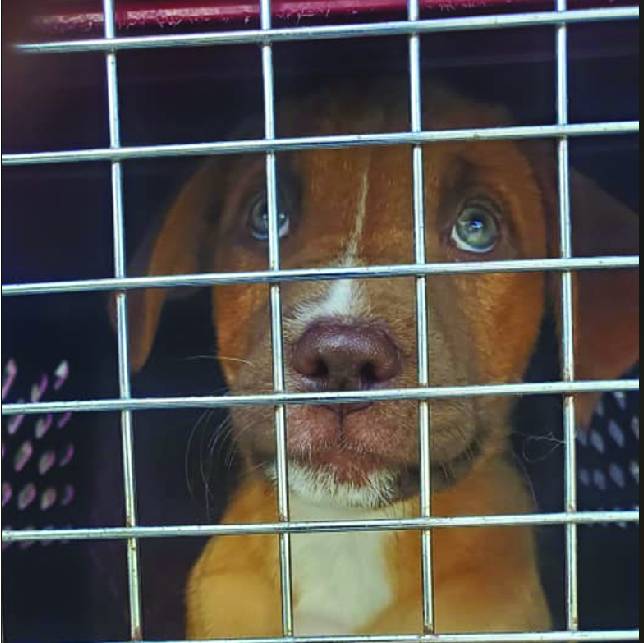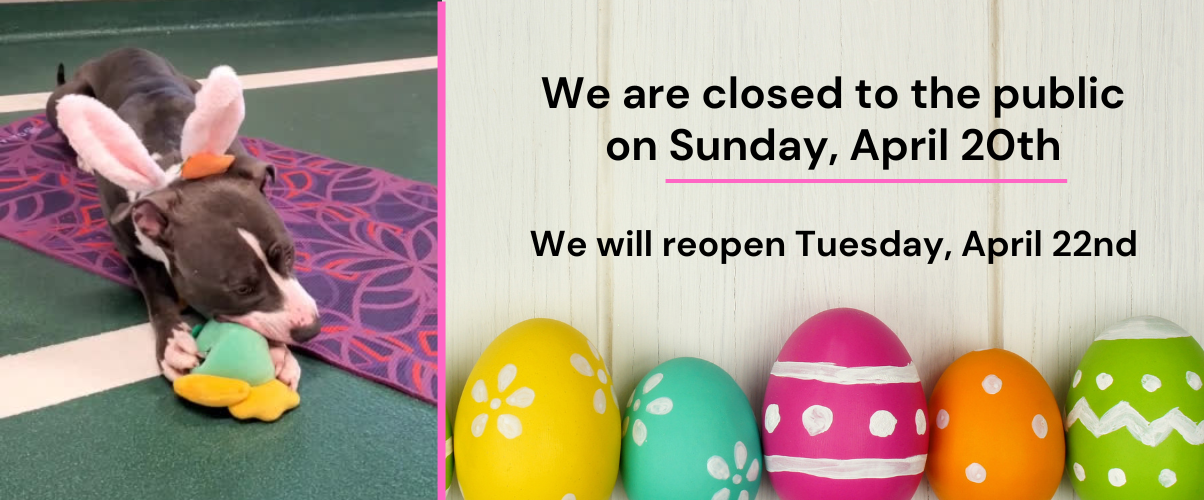The Forgotten Animals
 In recent weeks, we’ve experienced a decline in the number of animals needing transport from our local and southern partner shelters, and we’ve found ourselves asking internally, where have all the animals gone? The answers are helping us forecast what the future might look like.
In recent weeks, we’ve experienced a decline in the number of animals needing transport from our local and southern partner shelters, and we’ve found ourselves asking internally, where have all the animals gone? The answers are helping us forecast what the future might look like.
During COVID-19, some communities have advised their Animal Control facilities to stop taking in strays. This is totally understandable with animal control officers needing to limit close, physical contact with the public, and many shelters closed with no staff to devote time to finding the owners or adopting out those pets if none are found. But where will those strays wind up after the pandemic? Worse for wear after months more of living outside without proper food or shelter? Or worse fates from run-ins with traffic or wildlife? For the lucky ones who make it through alive, they will still need help when this is over.
Some shelters have stopped taking in owner surrenders. Again, understandable with limited staff and no opportunities to adopt out for those that have ceased operations during COVID-19. But those animals are living in a home that can no longer manage them, putting strain on their humans, and likely with the same delayed end result: surrender when the pandemic ends.
Other areas have advised their shelters and private veterinary clinics to stop spaying and neutering. While we understand the reasoning behind that (to conserve PPE and practice safe social distancing that is difficult to achieve during surgery), this choice is certain to result in an influx of animals that have procreated.
Then there are those pets who went to foster care when the pandemic hit. Many shelters had to cease operations and get their pets out of the building and into safety. So many wonderful families and supporters stepped up all over the country to help get those pets into foster care. While some might happily result in “foster failure” (when foster families choose to adopt their foster), many more will need to be returned when shelters reopen. After living in a home for an extended period of time, moving back to a shelter environment will be stressful on them. Is there a way to get them out sooner? We believe there is, and we’re exploring ideas now.
“Our typical ways of bringing in animals in need, have changed drastically during the pandemic, and fewer pets are coming through due to higher adoption and fostering rates,” said Samantha Cheatham, Animal Care Manager, HHS. “But those animals are still out there. We’re just having to find new ways to get to them.”
While transports, surrenders and strays are still being accepted at HHS and adoptions have continued on without disruption, adoption and intake procedures had to be modified. Now they are scheduled by appointment only, with just one dog and one cat adoptive family in the building at a time, along with hand sanitizing stations, 6-feet apart physical reminders, constant disinfecting, twice weekly deep cleaning, and masks for everyone.
“We have been so fortunate to maintain our level of adoptions and keep getting pets out, with levels of demand increasing by the day,” said Todd Howard, Operations Director, HHS. “While the trend has shown adoptions are up for us and up all over the country thanks to so many folks staying at home and choosing to adopt, the other trend is a decline in the number of available pets. While that sounds like a great problem on the surface, the reality is that it won’t last.”
HHS staff members in search of answers have been using this time to continue to reach out and build relationships within our coalition of Chicago area animal rescues. Recent visits to non-fully operational shelters to offer help, revealed sources of pets just waiting for the pandemic to end and operations to resume. “This is where we need to think ahead about this,” said Dr. Kristin Tvrdik, Medical Director, HHS. “We need to get creative on how we’re getting pets in need into our facility and back out to adoptive homes. Otherwise we’re going to see a whole group of forgotten animals who got lost in the system because of disruptions due to COVID-19. This is the time to focus on how we are all stronger together. We can band together to help all of the animals in need.”
Happily, HHS has yet to see anyone surrendering their pets due to misconceptions about the virus, or due to COVID-related hardships. But the need for help will be a reality. “When restrictions lift, people will need affordable pet care,” said Tom Van Winkle, Executive Director, HHS. “When that time comes, we’ll be providing twice-monthly, low-cost vaccination services along with a pet food bank. As a community pet resource center, we want to make sure everyone has affordable access to what their pet needs.”
In the meantime, our team is looking ahead, planning for the future, advocating for the animals and all the ways we can help Chicagoland communities in this new world of social distancing and financial hardships. As always, our goal is to provide innovative care and adoption services for all animals, including those that are forgotten or harder to place, and to continually be a voice for them, ensuring their compassionate treatment and care.
Comments (3)
Leave a Comment
Share your thoughts about this post with us.

Sun, Feb 7, 2021, 5:23 PM
Fri, Jan 29, 2021, 10:12 AM
Tue, May 12, 2020, 6:40 AM
HHS will be ready, as they always have in the past, to deal with the animal welfare storm that will likely occur, as mentioned above. It is much easier to ramp back up when you never closed in the first place, as our restaurants and other businesses will soon find out.
Kennels are open/available at HHS, if need be, but the other services and events that HHS offers are still on hold for now. Please donate to support their mission. They have proven over and over throughout history that your dollars are well-spent and life-saving.
To the staff and administration of the shelter...continue with your PPE, visitor restriction and cleaning protocols. It is not time to let your guard down and, as these protocols become the new norm, it is easy to become lax. We need each of you there to perform your essential mission. Buddy-up and check each other. Take care!